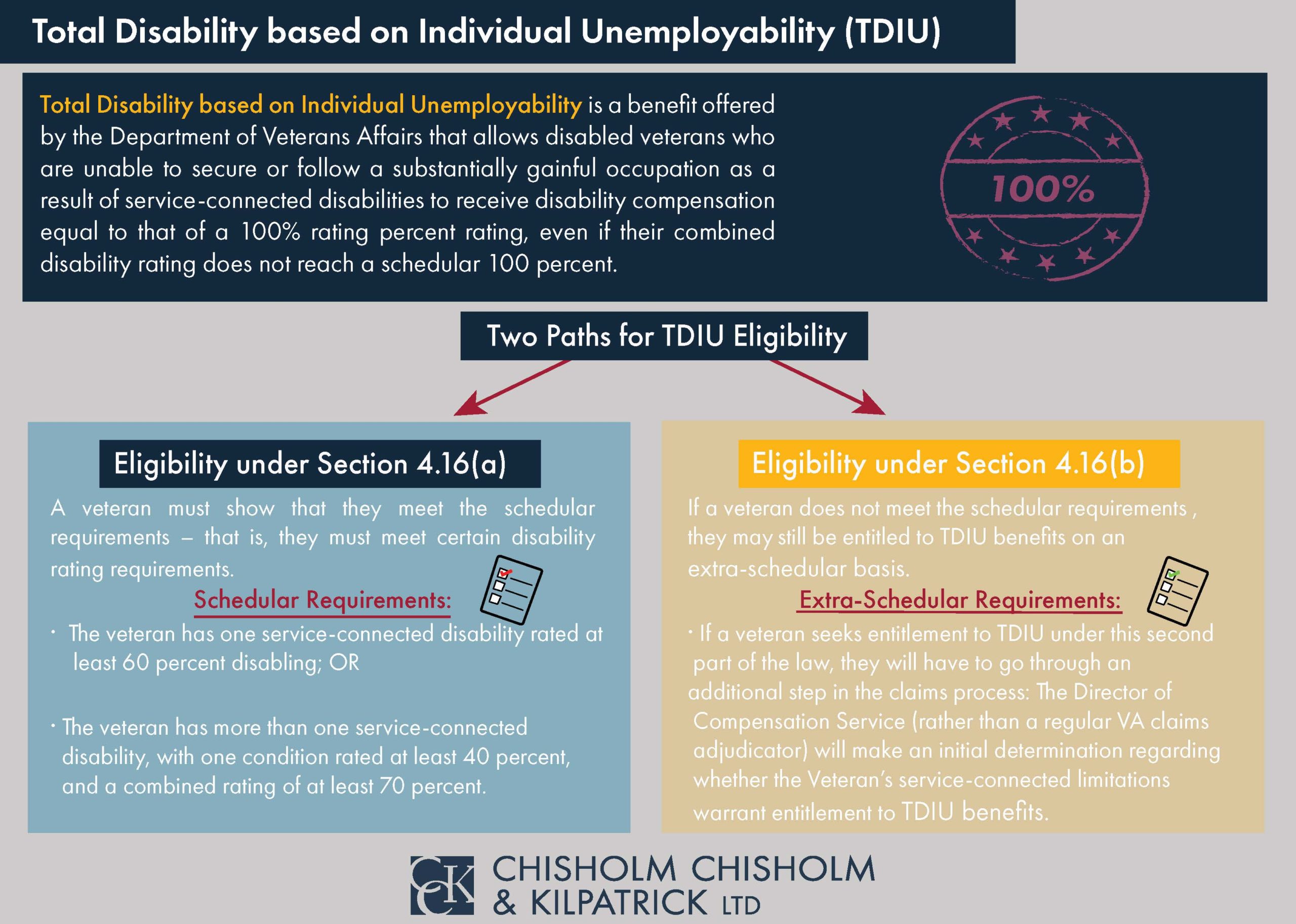VA Disability Ratings and Benefits for Foot Drop

CCK Law: Our Vital Role in Veterans Law
What is Foot Drop?
Foot drop, also referred to as dropped foot, is a condition categorized by difficulty, or the inability, to lift the front part of foot. This can complicate tasks like walking. Usually, the foot will hang down and drag along the ground. The inability to lift the front part of the foot can also cause trips and falls.
Foot drop is usually caused by weakness in the ankle or the disruption of the nerve pathway between the legs and the brain. When the nerve messages between the leg and ankle muscles are not coordinated, the foot cannot lift to the angle necessary to walk. Often, foot drop is a symptom of another condition, such as multiple sclerosis or a stroke.
A person with foot drop may need to use much more effort and energy to be able to walk. They may experience pain in the hips or back, the tightening of muscles, and impaired balance; additionally, a person may feel wobbly most of the time and their legs may tire quickly.
Symptoms of Foot Drop:
- Frequent tripping or falling
- Limp foot
- Numbness
- Tingling sensation
- Limited muscle mass
- Loss of balance
- Difficulty wearing shoes
Foot drop is often a unilateral condition, meaning it usually only affects one foot.
Diagnosing Foot Drop
A physical examination is typically the easiest way to diagnose foot drop. A doctor can examine how the person walks, how much control they have over their foot, and if their leg, ankle, or foot muscles have any weaknesses or damages. Other methods to diagnose foot drop include:
- X-ray
- MRI
- CT scans
- Blood tests
- Nerve conduction tests
- Electromyography tests
Treatment
Treatment may be used to help aid a person’s walking and treat their foot drop. Such treatment may include:
- Physiotherapy—Exercises may be prescribed to strengthen the muscles in the foot, ankle, and leg.
- Ankle-foot orthosis—People with drop foot may require the assistance of a splint, brace, or other assistive device to walk.
- Functional electrical stimulation—This form of treatment uses electrical impulses to trigger the nerves in the leg, foot, or ankle muscles to stimulate foot movement.
- Surgery—With surgery, a tendon from the other leg may be transplanted into the affected leg to help lift the foot.
VA Service Connection for Foot Drop
A grant of VA disability benefits usually requires three things:
- An in-service event, injury, or illness;
- A current diagnosis by a medical professional; and
- A medical nexus, or link, between your in-service event, injury, or illness and your current diagnosis.
As foot drop is often a symptom of other conditions, such as multiple sclerosis, secondary service connection is another way to achieve service connection for this condition.
Secondary Service Connection
Arguably, the most common way to service connect foot drop is on a secondary basis. Secondary service connection can occur in the event that a veteran’s already service-connected disability causes or aggravates a non-service-connected disability. Disabilities that are service-connected on a secondary basis are rated the same way as other service-connected disabilities.
Obtaining service connection for foot drop secondary to a condition like multiple sclerosis (MS) would mean that a veteran would have to first be service-connected for their MS. If a veteran is service-connected for their MS, they may be able to get service connected for their foot drop as secondary to their MS.

Common Conditions Linked to Foot Drop
As mentioned above, secondary service connection is a popular method of service connection for foot drop since it is a symptom of many other conditions. Some of these conditions include:
- Alzheimer’s Disease
- Amyotrophic lateral sclerosis (ALS) or Lou Gehrig’s Disease
- Cerebral Palsy
- Diabetes
- Multiple Sclerosis
- Parkinson’s Disease
- Polio
- Spinal Cord Injury
- Spinal muscular atrophy
- Stroke
- Traumatic Brain Injury (TBI)
Compensation & Pension (C&P) Exams for Foot Drop
If a veteran files a claim for foot drop, or paralysis of the sciatic nerve, VA may request a Compensation and Pension exam, or C&P exam. To schedule this, VA may call the veteran or send a letter. It is very important to make sure VA has the most up-to-date contact information to ensure that the veteran does not miss any C&P exam requests. It is also crucial to attend the exam, as failure to attend can result in VA denying the veteran’s claim.
The exam will usually be performed by a VA physician or a VA contracted physician. The examiner will likely examine the veteran’s drop foot as well as ask questions about the veteran’s service.
Before the exam, the examiner should review the veteran’s c-file. This will contain any documentation that has been previously submitted to VA, as well as the veteran’s medical and service records.
The veteran may also use a DBQ, or Disability Benefits Questionnaire, to bolster their claim. A Disability Benefits Questionnaire is a form created by VA that allows the veteran to address important aspects of their condition, such as symptoms, severity, and possible causes, as well as the relationship between their condition and other disabilities. The veteran may also have their private doctor fill out a DBQ for them.

VA Disability Ratings for Foot Drop
Foot drop is most closely rated as paralysis of the sciatic nerve. As such, it is rated under 38 C.F.R. § 4.124a, Diagnostic Code 8520. Ratings can range from 80 percent to 10 percent, depending on the level of paralysis. The criteria for each rating are outlined below:
- 80%—This rating is given to veterans who have “complete” paralysis of the sciatic nerve. Specifically, this would apply to veterans whose foot “dangles and drops,” meaning there is no active movement possible in the muscles below the knee. Flexion of the knee may be weakened or (very rarely) lost.
- 60%—The 60 percent rating is given to veterans who have “incomplete” paralysis of the sciatic nerve, but paralysis that is severe and marked with muscular atrophy.
- 40%—Veterans who receive the 40 percent rating have “moderately severe” paralysis of the sciatic nerve.
- 20%—This rating is given to veterans with “moderate” paralysis of the sciatic nerve.
- 10%—Lastly, the 10 percent rating is given to veterans who have “mild” paralysis of the sciatic nerve.
Veterans with foot drop should receive the 80 percent rating, based on the criteria outlined, however, the vague language used in the rating schedule can complicate the rating process.

What To Do if Your VA Claim Has Been Denied
Veterans who have previously filed a claim for foot drop, or paralysis of the sciatic nerve, and been denied may feel frustrated and hopeless in the pursuit for VA disability benefits. However, if you have received a denial, it does not mean your case is unwinnable.
Accredited representation can be very useful to veterans who require assistance in arguing their appeal. Specifically, accredited representatives can advocate on behalf of clients and help them through any complications that may arise during the appeals process.
If your VA claim has been denied, the experienced team at CCK may be able to help. We can help you with your claim by crafting an in-depth argument, supported by extensive evidence, to fight for your benefits.
Contact our office for a free consultation to see if we can help you.
About the Author
Share this Post

